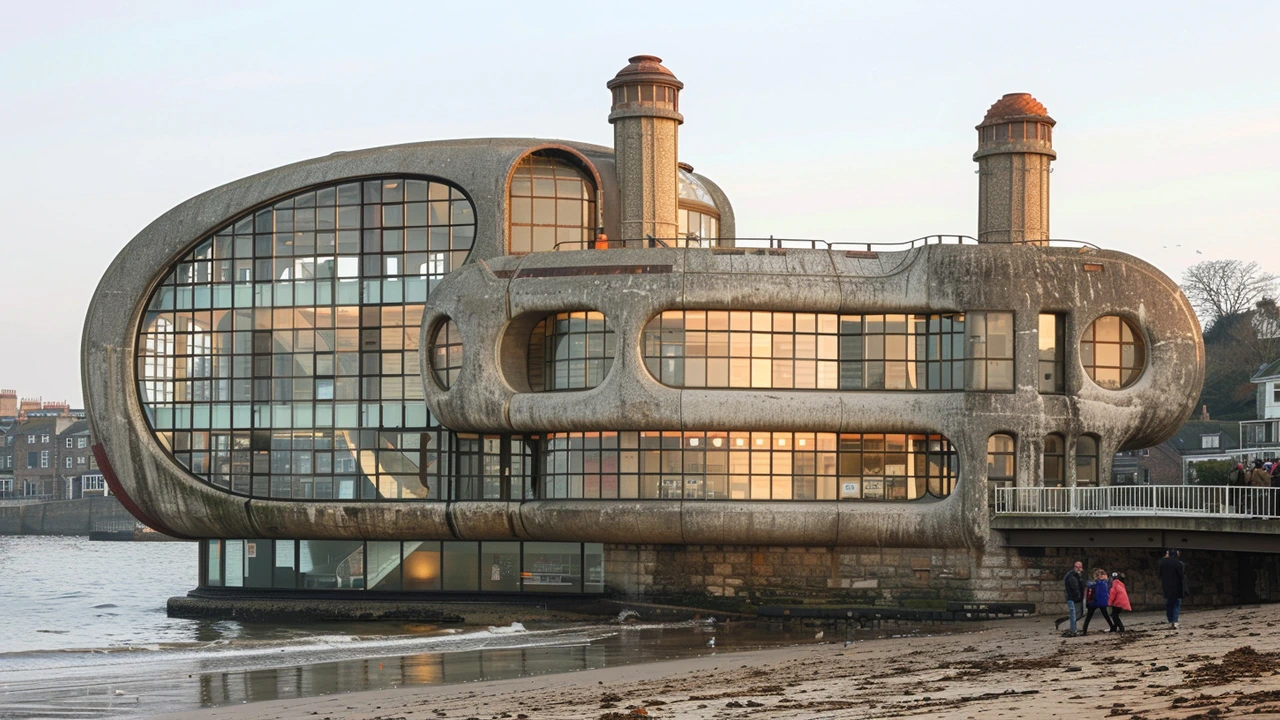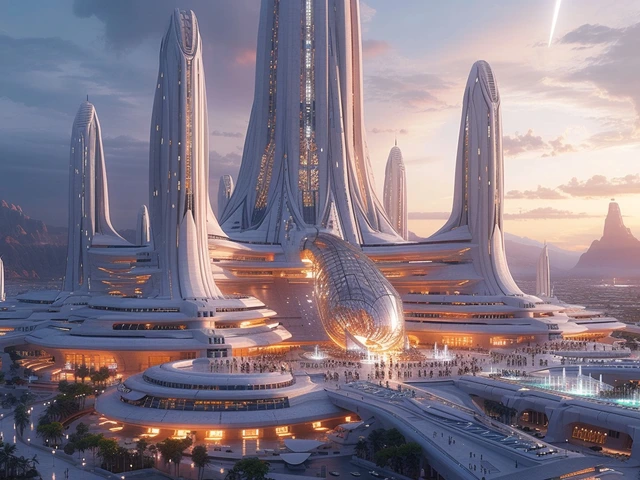The Origins and Aesthetics of Constructivist Architecture
Picture this: it's the early 20th century, a period rife with social, political, and artistic upheavals. Amidst this backdrop, a revolutionary architectural movement is born in Russia—Constructivist Architecture. It emerged from the avant-garde's embrace of abstraction, functionalism, and a keen desire to mirror the socialist ideals through buildings and structures. The essence of this movement was not just to create spaces that looked different but ones that functioned differently, serving the community and the nascent Soviet society's needs.
The inventiveness of constructivist architects wasn’t merely a response to the changing aesthetics of the time; it was deeply entwined with their vision for a new societal structure where form meets function in the most efficient ways. They eschewed the ornamentation prevalent in prior architectural styles, favoring instead forms that followed function, a collage of geometrical shapes, and a strong emphasis on industrial materials like steel, glass, and concrete. These materials were not only symbols of modernity but also facilitated the quick construction of buildings that could address urgent societal needs. Take the Shukhov Tower, for example, its hyperboloid structure not only made it visually striking but also allowed for a broader broadcast range with less material—functionality, and aesthetics hand in hand.
Constructivist Architecture's pioneering use of such materials speaks volumes about its forward-thinking. It was more than an architectural movement; it represented a paradigm shift in how buildings could intersect with political ideology, aiming to create a new environment conducive to the new Soviet human. The movement gave birth to iconic structures like the Melnikov House, characterized by its cylindrical shapes and innovative spatial arrangements, or the Narkomfin Building, which was designed to embody communal living, reflecting the socialist values of shared spaces and communal facilities.
Within the DNA of Constructivist Architecture lies a relentless pursuit of innovation, blending the scientific with the artistic to birth buildings that were living manifestos of their time. Notable architects like Konstantin Melnikov, Vladimir Tatlin, and El Lissitzky became the torchbearers of this movement, pushing the envelope with designs that were daring both in aesthetic and function. Their works were not just buildings; they were a hopeful gaze into a future where architecture could catalyze social change. As I share these insights, I can’t help but marvel at the ingenuity of these architects who, nearly a century ago, envisioned a world where the spaces we inhabit are deeply connected to our social fabric.
Constructivist Architecture’s Enduring Legacy and Impact on Modern Design
In delving into the legacy of Constructivist Architecture, one can't help but see its enduring influence on contemporary design. Its principles of functionality, simplicity, and the use of modern materials continue to resonate with architects and designers worldwide, serving as a testament to the movement's timeless relevance. But it was not just about the materials or aesthetic; it was the ethos of serving society, of meshing the utilitarian with the groundbreaking, that left a lasting impression.
The pull of Constructivist principles in modern architecture is undeniable. From the sleek lines of today's skyscrapers to the minimalist aesthetic embraced by many contemporary designers, echoes of this movement are omnipresent. It's fascinating to see how the priorities of functionality, social utility, and a straightforward yet bold aesthetic articulated nearly a century ago still inform the way we think about and engage with spaces today.
Constructivist Architecture has also spurred a broader dialogue on the role of architecture in societal development. The movement's emphasis on buildings as tools for social reform resonates with contemporary architects committed to sustainable and socially conscious design. In this sense, Constructivist Architecture's legacy is not just in the structures that were built but in the conversations and innovations it continues to inspire.
Reflecting on my journey through the fascinating world of Constructivist Architecture, it's clear that this movement was more than a mere aesthetic or stylistic endeavor. It was a bold reimagining of architecture's role in society—a vision of buildings that could do more, say more, and be more. For modern architects and designers, the lessons from Constructivist Architecture offer a rich wellspring of inspiration, pushing us to think deeply about how our creations can reflect and serve the needs of our communities. Whether it’s a home that nurtures family life or a public space that brings people together, the essence of constructive thought lives on, shaping our built environment in profound and enduring ways.





